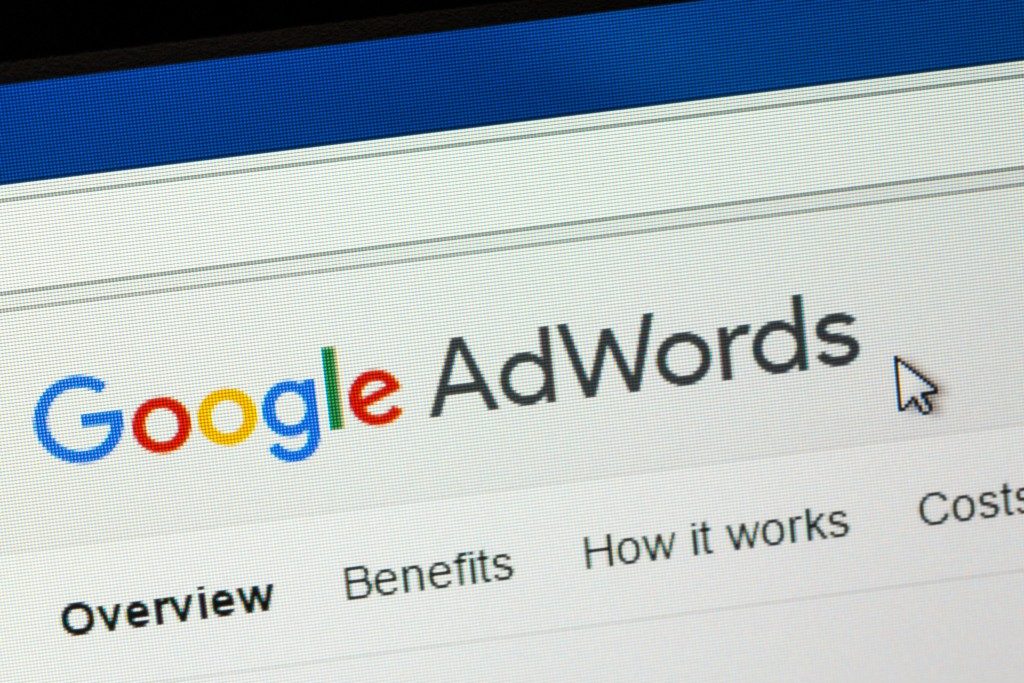Understanding how consumers pay the way they do is important for businesses to offer them the best experience possible. It wasn’t too long ago when consumers were paying with cash and check. Today, how are we paying for our purchases and utility bills? Most of us use cash, credit cards, debit cards, and online payment facilities provided by the service providers. When did the trend change? When did we suddenly stop paying with checks and cash?
It’s not that people are not using cash and check for their purchases. It’s that they are using them less than they do before. Studies showed that consumers’ choice of payment methods varies also by demographics, race, and educational attainment.
Demographics, Lifestyle, Education, and Race
Young, least-educated, and lowest-income consumers use cash and even virtual prepaid cards the most. This is most probably because they do not have a bank account that will be the basis of the issuance of a debit card, credit card, and check. It can also be because they purchased small items that are most practical to be paid with by cash or prepaid cards.
Meanwhile, older, wealthier, and more-educated individuals use credit cards. But to be more particular about it, older consumers use checks the most, but older and wealthier individuals prefer credit cards. Younger consumers, meanwhile, use debit cards and cash when paying for their purchases.
Online Payment Methods
So, how does this behavior affect their online preferences when paying? Younger people continue to use debit cards when paying for their purchases online. It’s either because they do not have a credit card yet or they are afraid to get into debt this early in their lives. Older and wealthier people prefer to use credit cards and online payment facilities such as PayPal when shopping online.
This does not mean that cash has no place in a consumer’s preference anymore. Surveys showed that consumers are still more likely to use cash when they are purchasing smaller goods such as from a fast-food restaurant and diner. But as it becomes more difficult to use cash in online purchases, does this mean this form of payment will no longer be relevant for online payments?
What You Must Learn From This Data

The data is incomplete to fully understand how people are choosing the payment method when they shop. It also has to do a lot with how much they have in their accounts and what they are planning to do with that money. Some consumers prefer to use their credit cards because they have to set aside their savings for more important things such as a home renovation or a mortgage payment.
Choosing the Payment Options for Your Business
Fortunately, small businesses can now use cost-efficient payment processing options that don’t require them to invest in pricey point of sale equipment. Businesses should have as many payment options as they can accommodate. The three major ones are debit cards, credit cards, and prepaid cards.
Debit and credit cards are issued by banks, requiring the cardholders to own an account with the institution. Prepaid cards don’t require accounts, but it allows the users to load it up with cash, so they can use it like a debit or credit card. It is basically a debit card only that you don’t have to maintain a bank account with it.
Business-to-business transactions rely on non-traditional payment methods such as PayPal. And with the online payment facility allowing for the use of credit cards (even without an account) through its portal, it became easier for small businesses to process payments. Such schemes allow the linking of one’s debit and credit card to the PayPal account, making the monitoring of financial activities easier for a business.
If a customer must pay a monthly fee to your business, the best thing to do is to offer credit cards as the payment option. Studies showed that consumers prefer credit cards for processing recurring transactions. This keeps their mind off having to make sure their accounts have funds on the due date. This setup is beneficial both for the business and the customer.
Make sure to offer a variety of payment methods. People love to have different choices when paying for their purchases. And it’s not just because of their race and income. It’s also because people go through different situations in their lives. Someone who used debit cards before may choose not to now because they lost their jobs during the pandemic. Offering many types of payment methods will empower your customers and will not isolate part of your market.


